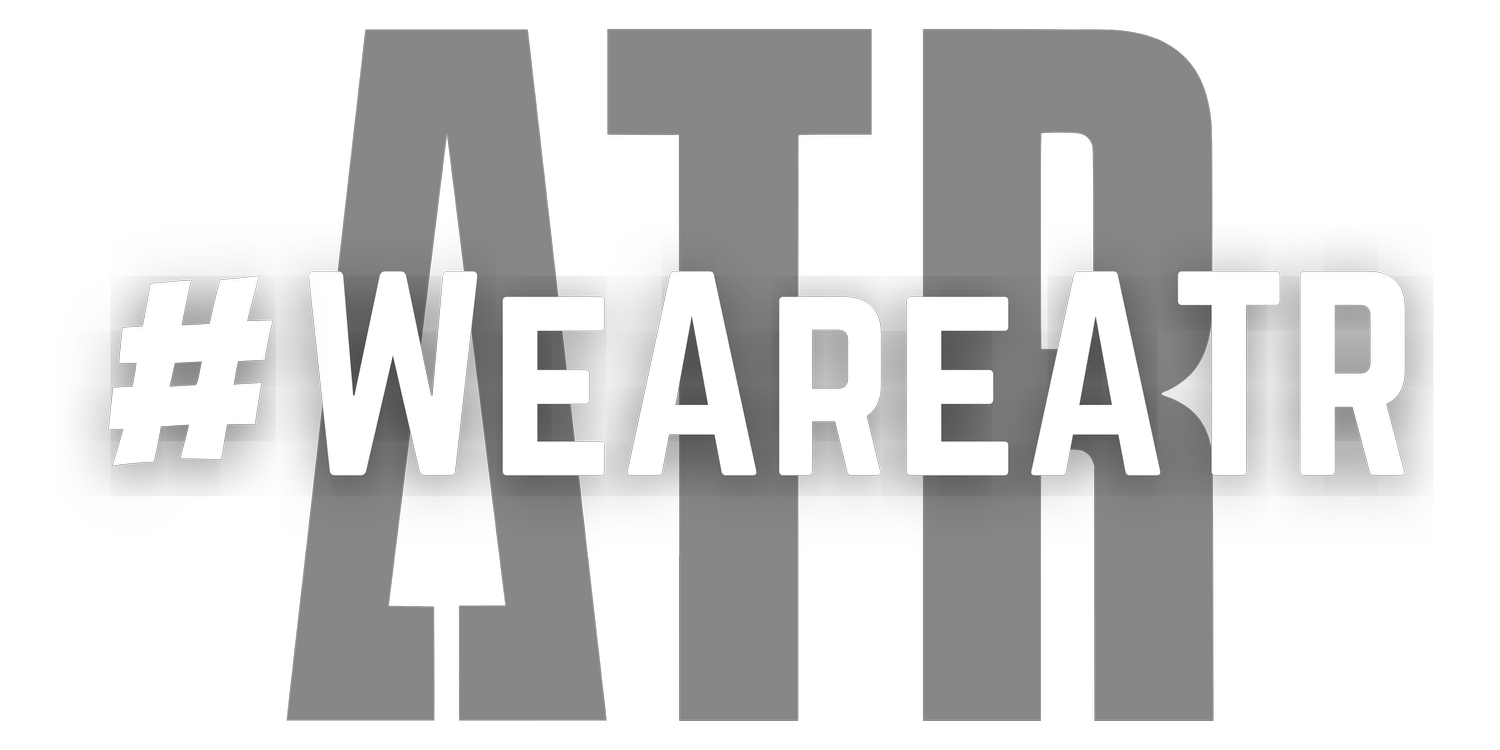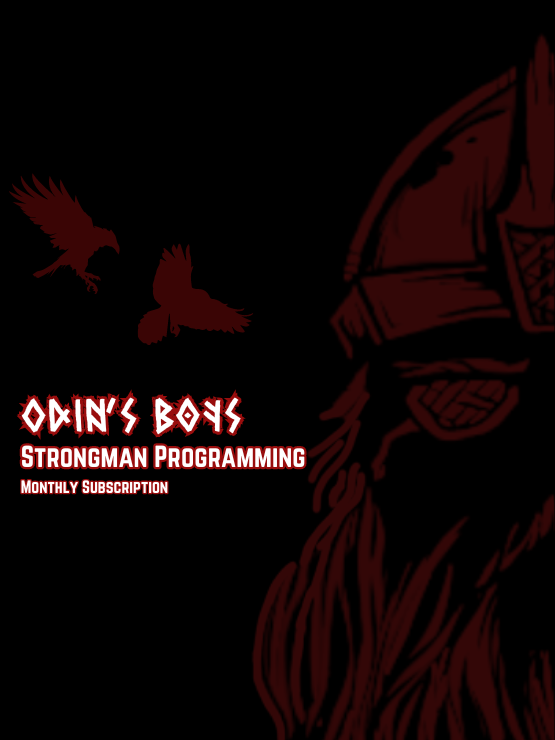“Good Form” is a Cringe-Worthy Term
When it comes to exercise, there are a few key concepts that often get mixed up: form, tension, and technique.
Grasping the distinctions between these terms is vital for assessing exercise performance in any sport, which is crucial for our ongoing quest for improvement.
Let’s dive into what each of these terms means and why it’s important to distinguish between them.
The Misunderstanding of Form
"Form" is a term that's frequently thrown around in gyms and fitness classes. If someone performs an exercise well, it's said they did it with "good form." If they performed it poorly, they did it with "bad form." Often, if someone suggests you "lighten the weight and work on your form," they believe there's room for improvement in how you perform the exercise.
However, this can be subjective. For some people, "good" and "bad" form are just terms used to express their own beliefs about how an exercise should be done. After over 15 years in the fitness industry, hearing the phrase "good form" often makes me cringe because it oversimplifies a much more complex issue.
Form is simply the shape that your body assumes in space. It's the silhouette your body creates during an exercise. While forms have been used since ancient times to teach martial arts and dance, they only capture a single moment within an exercise. To truly assess an athlete’s performance and offer valuable coaching, we need to look deeper.
The Importance of Tension
One major aspect that often gets overlooked is tension. In this context, tension refers to which muscles are contracting and to what extent, as your body holds a specific form. Many times, when we watch exercise videos, we focus too much on the movement itself and not enough on the tension, or lack thereof, causing issues.
In any compound exercise, some muscles create motion, while others facilitate the transfer of force. These facilitating muscles usually do so through high-effort isometric contractions. Understanding these contractions and their importance in a lift helps pinpoint where an athlete might be lacking tension.
For example:
Excessive knee cave in a squat could be due to a lack of tension in the feet or hips.
In the bench press, the butt might rise because of tension in the wrong place.
In the deadlift, hips rising early could result from incorrect tension sequencing.
Technique: The Bigger Picture
"Technique" is a term that describes the sequence of forms and the underlying tension facilitating those transitions in an exercise. It's the complete picture of how an exercise is performed. For instance, the bench press can be performed with various techniques:
Wide, narrow, or moderate grip
Tucked or flared elbows
High arch or relatively flat back
Feet tucked under or out away from the bench
We’re not yet talking about whether these techniques are good or bad, just acknowledging the variety available to accomplish the same task.
When evaluating technique, I prefer the terms "better" and "worse" over "good" and "bad." "Good" and "bad" imply a binary rating system where things either are, or aren’t. This is wrong because any technique can almost always be improved, and any technique can almost always be worse. Evaluating a technique requires context. Here are two major factors to consider:
Goal of the Exercise: Are we aiming for muscle growth, increased strength, explosiveness, or endurance?
Anatomy of the Athlete: If a technique isn’t working for a particular athlete, how can it be the best for them?
In my world, most athletes aim for performance, meaning strength and explosive power that they can maintain over time. Good techniques in this context typically:
Are very efficient, with minimal body movement relative to the weight displaced
Minimize the mechanical advantage of the weights
Maximize the mechanical advantage of the strongest muscle groups
Minimize injury risk
Are simple enough for easy replication
Athletes aiming for muscle growth might find that they prioritize different things in technique, and even strength athletes perform accessories might need to change the context from exercise to exercise. If you’re performing a tricep extension, then by definition you’re trying to maximize the mechanical advantage of the weight and minimize the mechanical advantage of your stronger muscles like the shoulders and pecs.
Recap
To summarize:
Form: Describes a person’s shape at any given time during an exercise.
Tension: Describes what the muscles are doing as the athlete holds that form.
Technique: Describes a sequence of forms and transitions used to complete an exercise.
Assessing the quality of technique should consider the workout's objectives, the chosen exercise, and the athlete's anatomy. Without this context, we risk relying on rigid standards of "good" and "bad" technique, which could misguide an athlete and potentially worsen their performance.
By understanding and distinguishing between form, tension, and technique, we can provide better guidance and support for anyone looking to improve their exercise routines.

















